

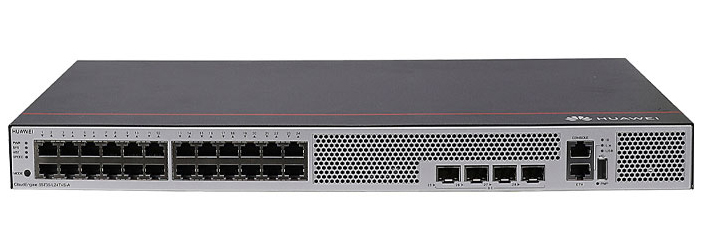

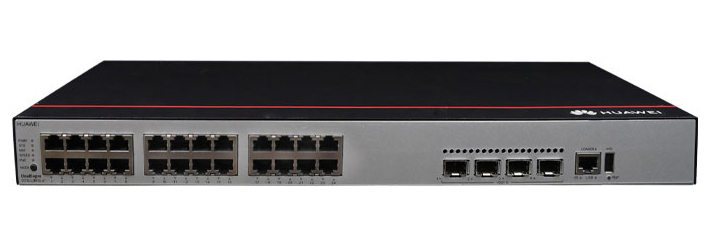

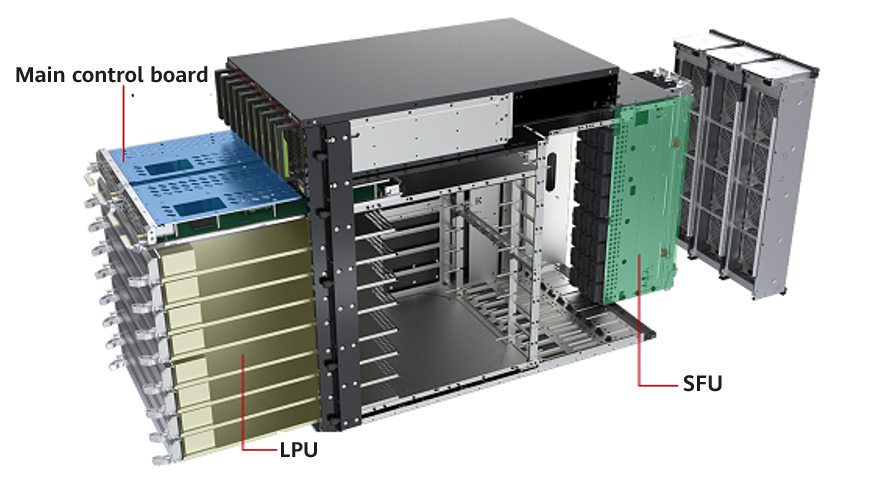


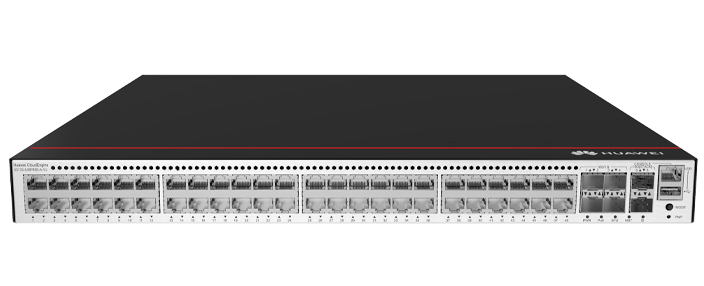





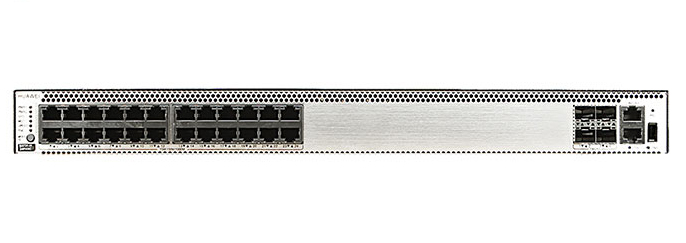

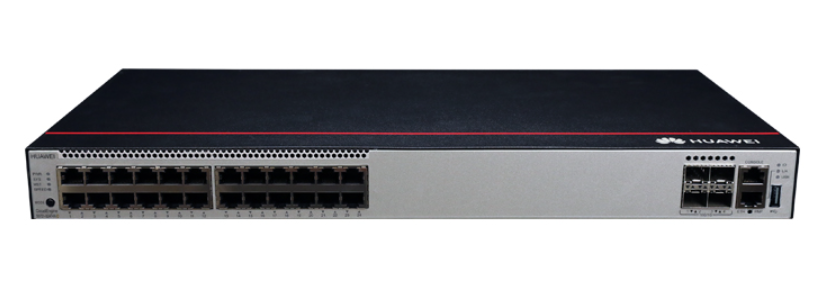
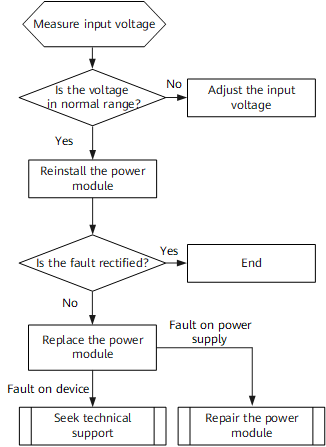

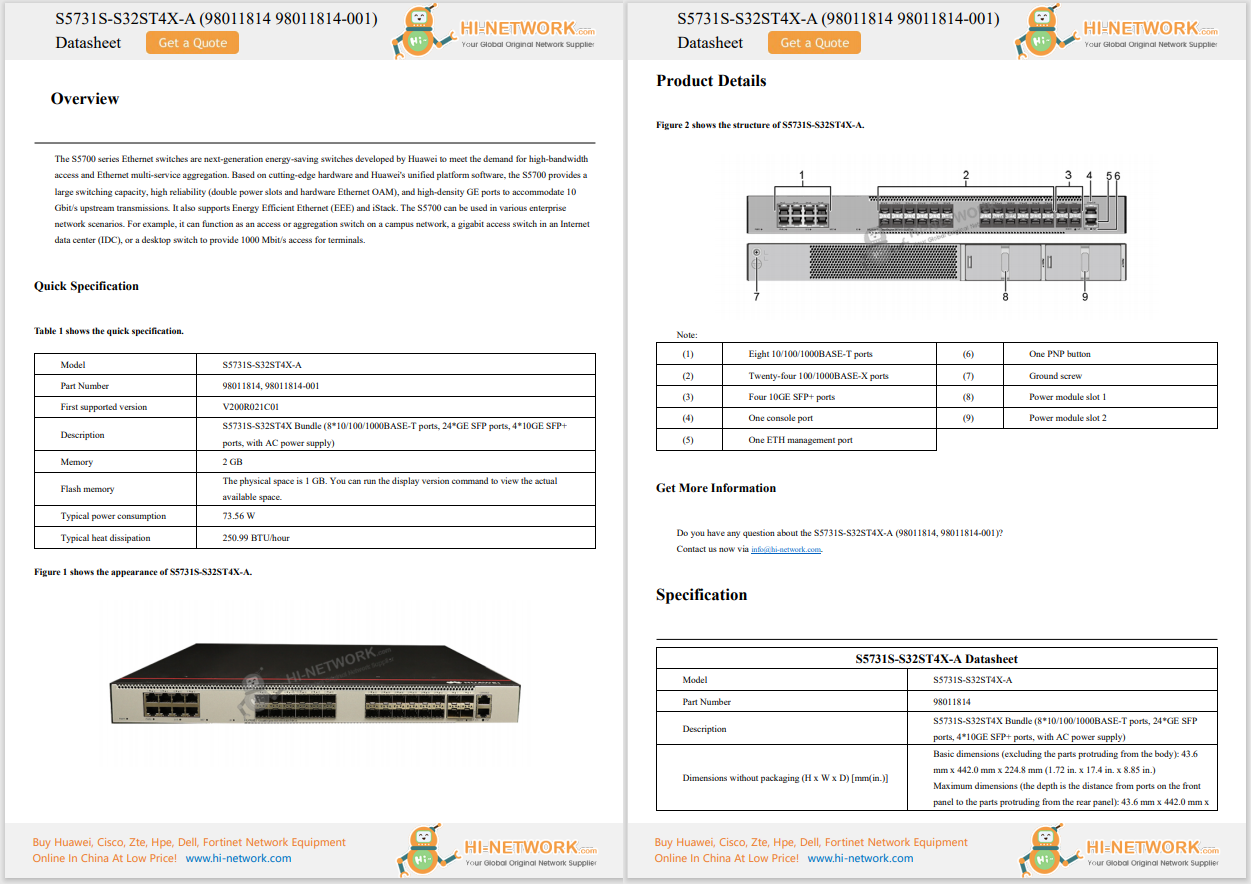


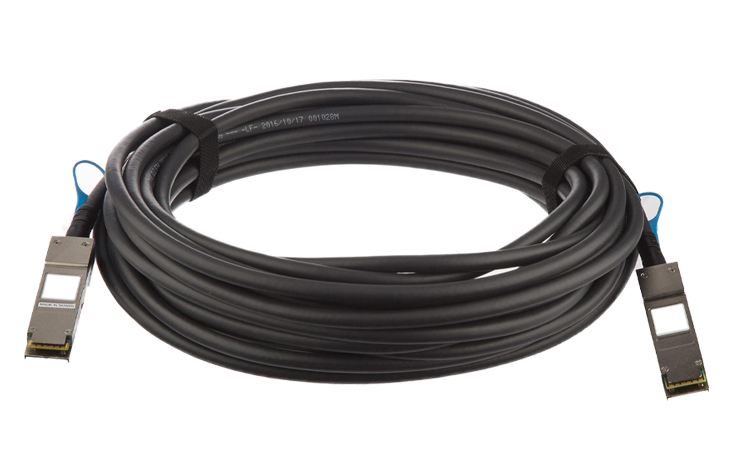
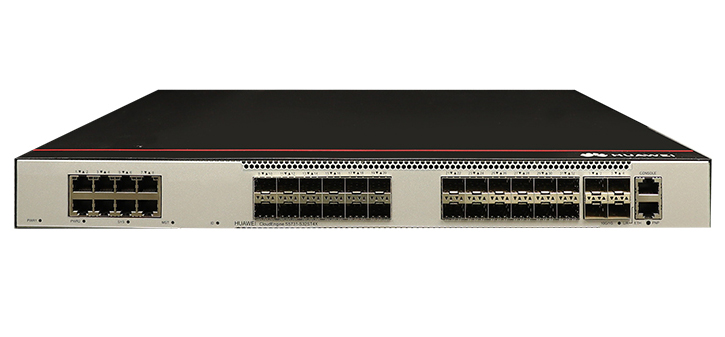




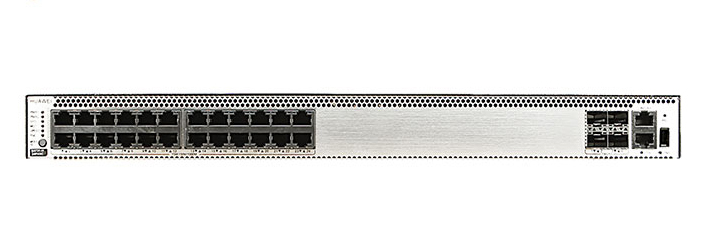


The advent of quantum computing represents a fundamental shift in computational capabilities that threatens the cryptographic foundation of modern digital security. As quantum computers evolve from theoretical concepts to practical reality, they pose an existential threat to the encryption algorithms that protect everything from personal communications to national security secrets. Post-quantum cryptography is changing cybersecurity, exposing new weaknesses, and demanding swift action to keep data safe.
The quantum threat is not merely theoretical; experts estimate that cryptographically relevant quantum computers (CRQCs) capable of breaking current encryption may emerge within the next 5-15 years. This timeline has sparked the "Harvest Now, Decrypt Later" (HNDL) strategy, where threat actors collect encrypted data today with the intention of decrypting it once quantum capabilities mature. The urgency of this transition cannot be overstated, as government mandates and industry requirements are accelerating the timeline for post-quantum adoption across all sectors. The US government has established clear requirements through NIST guidelines, with key milestones including deprecation of 112-bit security algorithms by 2030 and mandatory transition to quantum-resistant systems by 2035. The UK has similarly established a roadmap requiring organizations to complete discovery phases by 2028, high-priority migrations by 2031, and full transitions by 2035.
The Quantum Threat Landscape
Understanding Quantum Computing Vulnerabilities
Quantum computers operate on fundamentally different principles than classical computers, utilizing quantum mechanics properties like superposition and entanglement to achieve unprecedented computational power. The primary threats to current cryptographic systems come from two key quantum algorithms:Shor's algorithm, which can efficiently factor large integers and solve discrete logarithm problems, andGrover's algorithm, which provides quadratic speedup for brute-force attacks against symmetric encryption.
Current widely-used public-key cryptographic systems including RSA, Elliptic Curve Cryptography (ECC), and Diffie-Hellman key exchange are particularly vulnerable to quantum attacks. While symmetric cryptography like AES remains relatively secure with increased key sizes, the asymmetric encryption that forms the backbone of modern secure communications faces an existential threat.
Impact on Cryptographic Security Levels
The quantum threat manifests differently across various cryptographic systems. Current expert estimates place the timeline for cryptographically relevant quantum computers at approximately 2030, with some predictions suggesting breakthrough capabilities could emerge as early as 2028. This timeline has prompted a fundamental reassessment of cryptographic security levels:
| Algorithm | Based On | Classical Time (e.g., 2048 bits) | Quantum Time (Future) |
| RSA | Integer Factorization | ~102? years (secure) | ~1 day (with 4,000 logical qubits) |
| DH | Discrete Log | ~102? years | ~1 day |
| ECC | Elliptic Curve Log | ~10? years (for 256-bit curve) | ~1 hour |
*Note: These estimates refer to logical qubits; each logical qubit requires hundreds to thousands of physical qubits due to quantum error correction.
Current Security Protocols Under Threat
Transport Layer Security (TLS)
TLS protocols face significant quantum vulnerabilities in both key exchange and authentication mechanisms. Current TLS implementations rely heavily on elliptic curve cryptography for key establishment and RSA/ECDSA for digital signatures, both of which are susceptible to quantum attacks. The transition to post-quantum TLS involves implementing hybrid approaches that combine traditional algorithms with quantum-resistant alternatives like ML-KEM (formerly CRYSTALS-Kyber).
Performance implicationsare substantial, with research showing that quantum-resistant TLS implementations demonstrate varying levels of overhead depending on the algorithms used and network conditions. Amazon's comprehensive study reveals that post-quantum TLS 1.3 implementations show time-to-last-byte increases staying below 5% for high-bandwidth, stable networks, while slower networks see impacts ranging from 32% increase in handshake time to under 15% increase when transferring 50KiB of data or more.
Advanced Encryption Standard (AES)
Quantum computers can use Grover's algorithm to speed up brute-force attacks against symmetric encryption. Grover's algorithm provides a quadratic speedup, reducing attack time from 2? to roughly
 Hot Tags :
Hot Tags :